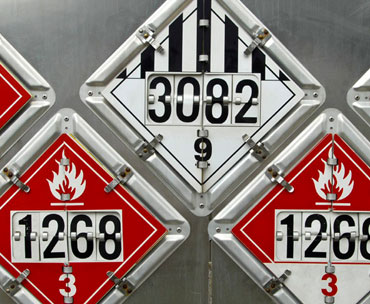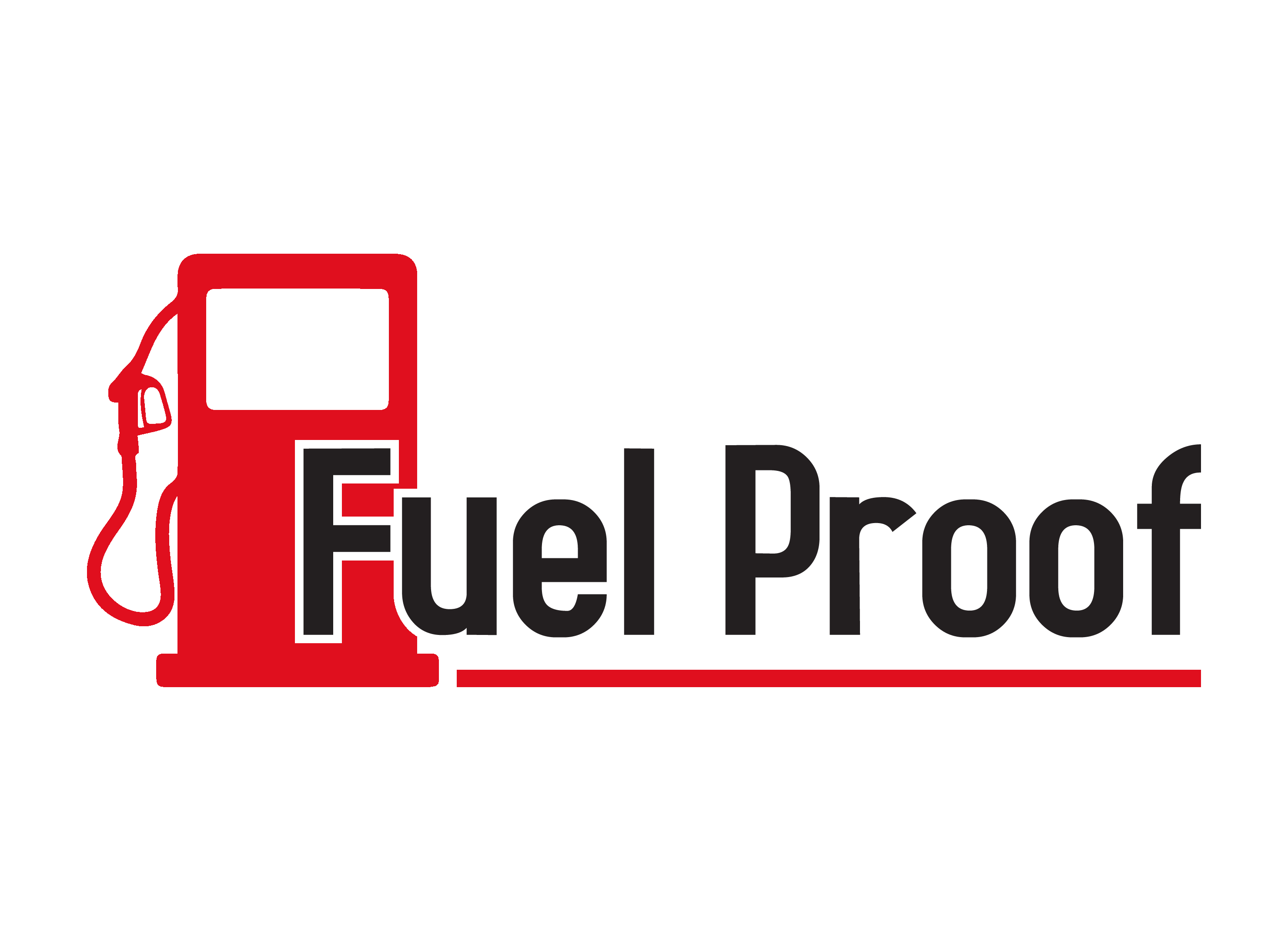HAZARD COMMUNICATION STANDARD

Under the provisions of the Hazard Communication Standard, employers are responsible for informing employees of the hazards and the identities of workplace chemicals to which they are exposed.
About 32 million workers work with and are potentially exposed to one or more chemical hazards. There are an estimated 650,000 existing chemical products, and hundreds of new ones being introduced annually. This poses a serious problem for exposed workers and their employers. Chemical exposure may cause or contribute to many serious health effects such as heart ailments, central nervous system, kidney and lung damage, sterility, cancer, burns, and rashes. Some chemicals may also be safety hazards and have the potential to cause fires and explosions and other serious accidents.
Because of the seriousness of these safety and health problems, and because many employers and employees know little or nothing about them, the Occupational Safety and Health Administration (OSHA) issued the Hazard Communication Standard. The basic goal of the standard is to be sure employers and employees know about work hazards and how to protect themselves; this should help to reduce the incidence of chemical source illness and injuries.
The Hazard Communication Standard establishes uniform requirements to make sure that the hazards of all chemicals imported into, produced, or used in U.S. workplaces are evaluated, and that this hazard information is transmitted to affected employers and exposed employees. Employers and employees covered by OSHA-approved state safety and health plan should check with their state agency, which may be enforcing standards and other procedures “at least as effective as,” but not always identical to, federal requirements.
Basically, the hazard communication standard is different from other OSHA health rules because it covers all hazardous chemicals. The rule also incorporates a “downstream flow of information,” which means that producers of chemicals have the primary responsibility for generating and disseminating information, whereas users of chemicals must obtain the information and transmit it to their own employees.












